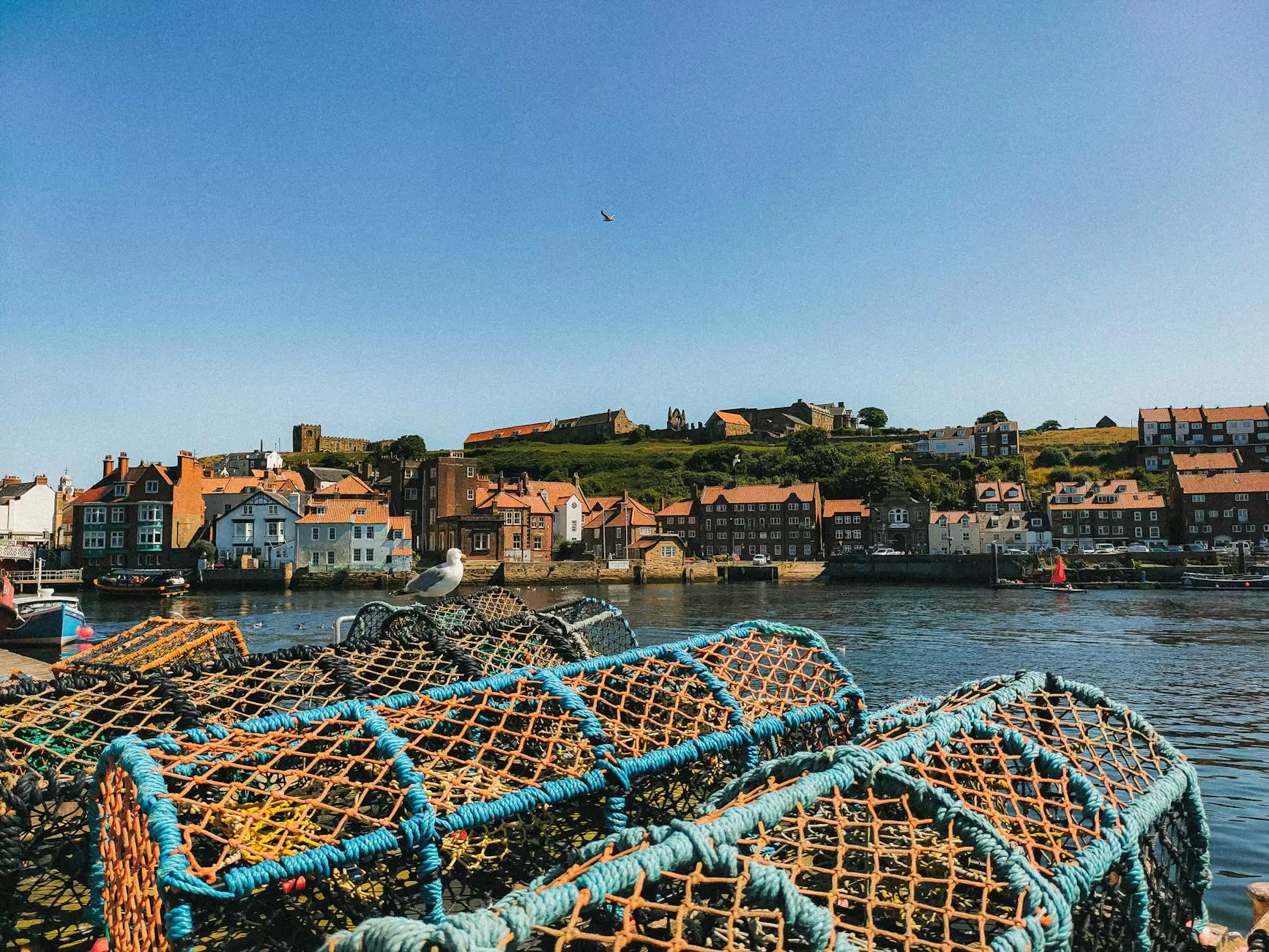Exploring Lobster Longevity: Can Lobsters Die of Old Age?

Lobsters are one of the ocean's most intriguing creatures. Known for their unique natural ink and delicious meat, these crustaceans have captured the attention of chefs, scientists, and food lovers alike. However, one question often arises: can lobsters die of old age? In this in-depth exploration, we’ll examine the fascinating biology of lobsters, their longevity, and what this means for their existence in nature.
The Biology of Lobsters
Lobsters belong to the family Nephropidae and are primarily found in the North Atlantic Ocean. These marine animals are known for their hard shells and robust claws, which they use for defense and hunting. Lobsters grow through a process called molting, where they shed their old exoskeleton and form a new, larger one. This process is crucial for their growth and survival.
Understanding Lobster Growth
Lobsters have a fascinating growth cycle that directly affects their lifespan. During their early years, lobsters grow rapidly, evolving from tiny larvae to substantial adults. It is during this period that their chances of survival increase significantly. However, as they mature, the growth rate slows, and factors such as environmental conditions, predators, and available food begin to play a more critical role in their life expectancy.
Aging in Lobsters
Unlike most organisms, lobsters do not exhibit typical signs of aging. They continue to grow larger as they molt, leading some researchers to believe they may not die of old age in the same way that mammals do. The question arises: can lobsters die of old age? While they can live for decades—some estimates suggest up to 100 years—most lobsters do not die simply because they have lived long lives. Instead, they may succumb to disease, predation, or environmental changes.
Lobster Lifespan: Myths and Realities
One of the prevalent myths surrounding lobsters is their supposed immortality. While lobsters can live for an extended period and can continue to reproduce throughout their lives, they are not invincible. Let’s explore some factors that influence their lifespan.
Molting and its Risks
The molting process, while vital for growth, can be risky. Each time a lobster molts, it becomes vulnerable to predation until its new exoskeleton hardens. This period can last several weeks during which the lobster is at greater risk. In the wild, many lobsters do not survive multiple molting cycles, particularly as they age and require more energy to replace their shells.
Environmental Stressors
As lobsters age, they are affected by various environmental conditions. Water temperature, oxygen levels, and the availability of food can all impact their health. Lobsters living in warmer waters may experience stress, leading to health complications that can shorten their lifespan. Furthermore, changes in habitat due to pollution or climate change can also affect their survival rates.
Reproduction and its Implications
Interestingly, lobsters can reproduce multiple times throughout their lives, which has implications for their longevity. Female lobsters carry their eggs for about nine months before releasing them, contributing to their lifecycle. While this reproductive capacity is impressive, it also ties into their mortality; after several successful mating seasons, the physical toll on the lobster can lead to decreased health and increased mortality risk.
Scientific Research on Lobster Longevity
Scientists have conducted numerous studies to better understand the lifespan of lobsters. Research indicates that lobsters can maintain their fertility even as they age, suggesting a different biological aging process than most creatures. Some studies have found that lobsters produce an enzyme called telomerase, which may aid in cell regeneration and longevity. However, this does not mean they are immune to death. The balance between growth, environmental strain, and reproductive energy leads to a complex picture of life for these crustaceans.
Lobsters in Culinary Settings
Besides their biological significance, lobsters hold a notable place in gastronomy. Many restaurants emphasize sourcing sustainable lobster caught in ways that do not harm their population levels. Understanding lobster biology is crucial for sustainability efforts, ensuring that the demand for lobster does not negatively impact their population in the wild.
Sustainable Practices in the Restaurant Industry
- Farmed Lobster: Some restaurants source lobsters from aquaculture farms, allowing for a controlled environment and sustainable growth practices.
- Seasonal Catch: Many establishments adhere to seasonal harvesting practices, ensuring that lobsters are caught when populations can handle it.
- Location Sourcing: By sourcing lobsters from local fisheries, restaurants can reduce their carbon footprint and support local economies.
The Future of Lobsters: Conservation Efforts
With the increasing demand for lobsters globally, conservation efforts are more crucial than ever. Organizations and governments are working together to ensure sustainable practices in harvesting lobsters. These efforts aim to protect lobster populations and their natural habitats while allowing for responsible consumption.
Key Conservation Strategies
- Size Limits: Implementing regulations on the size of lobsters that can be caught helps preserve breeding stocks.
- Closed Seasons: Enforcing closed seasons allows lobsters a chance to reproduce without the threat of being harvested.
- Habitat Protection: Protecting lobster habitats and sensitive ecosystems ensures their survival and health.
Conclusion: Can Lobsters Die of Old Age?
In conclusion, the question of whether lobsters can die of old age reveals a complex tapestry of biology, environmental factors, and human influence. While lobsters possess fascinating abilities that grant them extended lifespans, they are not immune to the risks associated with aging—or the inevitable threats posed by their environments. As we continue to appreciate and enjoy lobsters within the culinary context, it is our responsibility to ensure the sustainability of these remarkable creatures for generations to come. The balance between our love for lobsters and the need for responsible practices will dictate their future in both nature and gastronomy.



